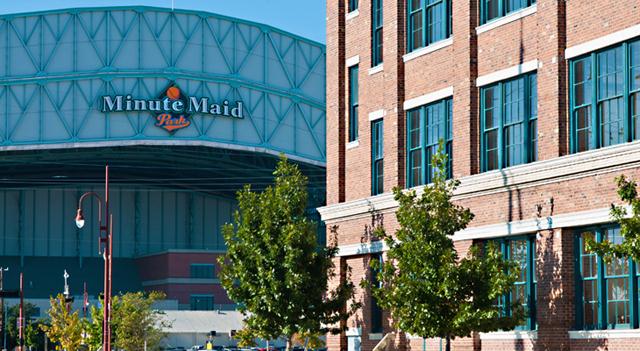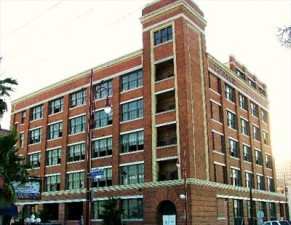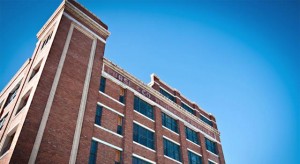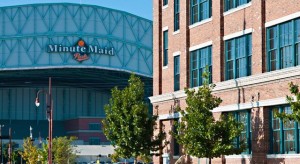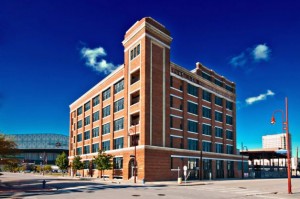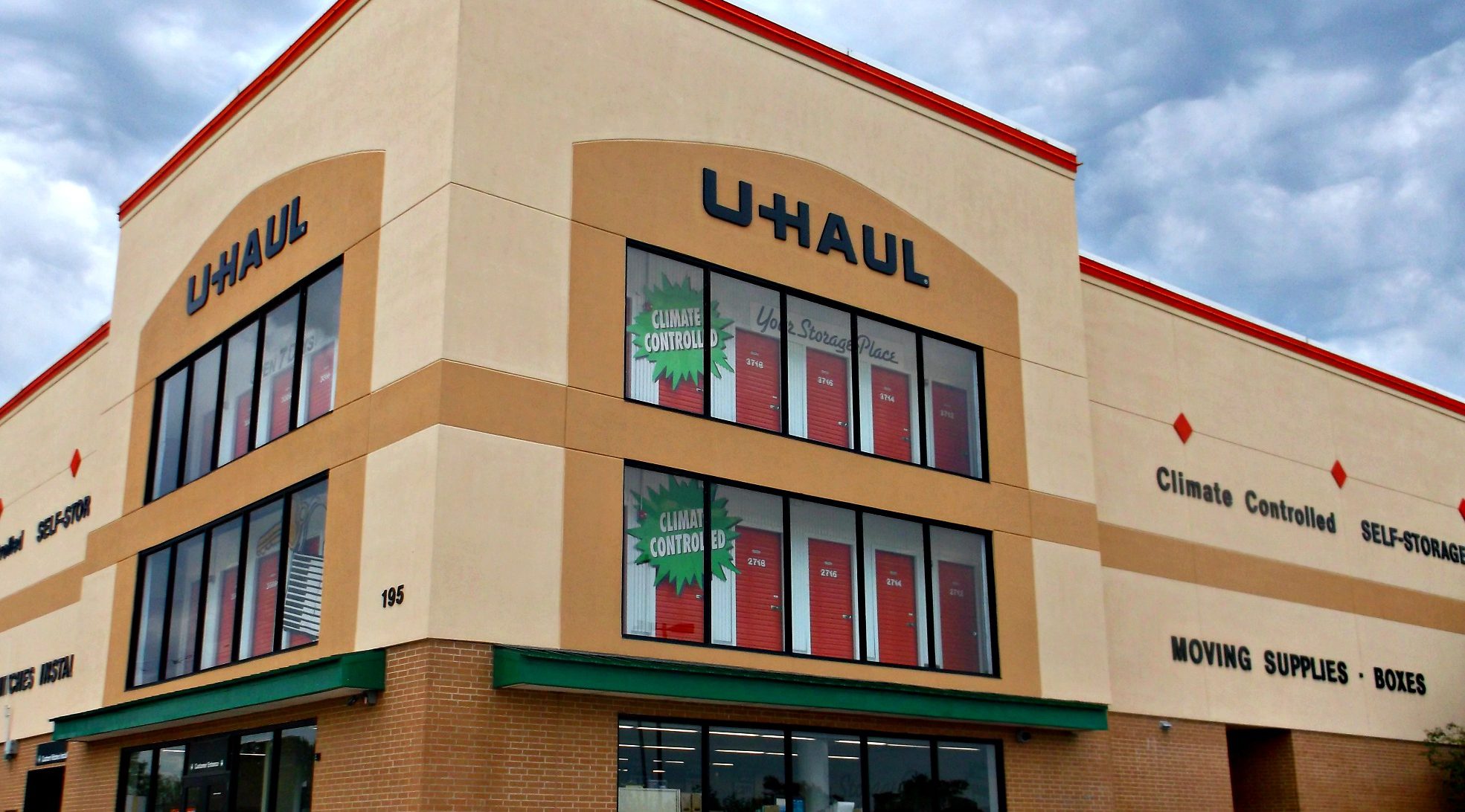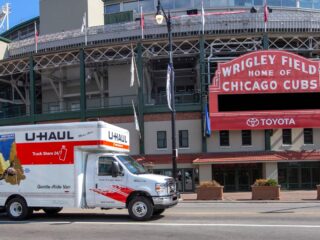This is the fourth in a series of posts about the adaptive reuse of Nabisco buildings around the country. The quality of construction and the location of these properties make them ideal focal-points for urban revitalization.
1910 was a landmark year for building in Houston. The bustling city of 78,000 saw the opening of the Harris County Courthouse, called the jewel of the south, the 16-story Samuel F. Carter building (the tallest building in the state at the time) and Union Station. 1910 also saw the opening of Nabisco’s five-story regional headquarters and baking facility.
Nabisco operated the baking facility until 1949, when it sold the property to Purse and Co., a wholesale furniture dealer. The building was designated a city of Houston Landmark in 1998.
In 2004, an investment firm purchased the historic warehouse out of bankruptcy. Located near Minute Maid Park (the old Union Station forms the ballpark’s main entrance), the building was renamed City View Lofts and converted into an apartment building with 57 apartments.
The building features original exposed brick and pipes, 14- to 30-foot barrel vaulted ceilings, large factory windows and original maple floors. It also boasts on-site parking, a wine tasting room, fitness center, stadium seating movie theater and concierge and valet services.
In 2011, Preservation Houston awarded the building with a Good Brick Award for excellence in historic preservation. In 2012, the building was named a finalist in the Houston Business Journal’s Landmark Awards which recognizes real estate projects that have made a significant impression on the Houston landscape.
Next up, we’ll take a look at the adaptive reuse of a Nabisco building in Kansas City and how it helps the revitalization of the surrounding community.
Read more about the current state of other Nabisco buildings.
–Pref


